The United Network for Organ Sharing (UNOS) has awarded the 2025 Lisa Schaffner Community Advocate Award to Mary Baliker in recognition of her 45 years of advocacy for the organ donation and transplant community.
The Lisa Schaffner Community Advocate Award, named after a longtime member of Team UNOS who died in 2021, is awarded annually to an unsung hero who has gone “above and beyond” to promote organ donation and transplantation. This year’s honoree is a four-time kidney transplant recipient, healthcare consultant and patient advocate who has devoted countless hours to patient-centered initiatives.
Baliker was diagnosed with a rare kidney disease when she was just nine years old and has experienced in-center hemodialysis at various times in her life. At age 17, she received her first kidney transplant from her brother, Doug.
Since then, Baliker has undergone three more kidney transplants, the last in 1999. Through every challenge, she has turned her experience into a powerful force for change.
Baliker has served on national boards and international advisory councils and committees, including UNOS’ Patient Affairs Committee, the OPTN Patient Affairs Committee, the American Association of Nephrology’s Kidney Health Initiative Board of Directors, and the National Kidney Foundation, where she currently chairs the Kidney Advocacy and Public Policy Committee. She also sits on the Board for the National Forum of ESRD Networks where she chairs the Kidney Patient Advisory Council.
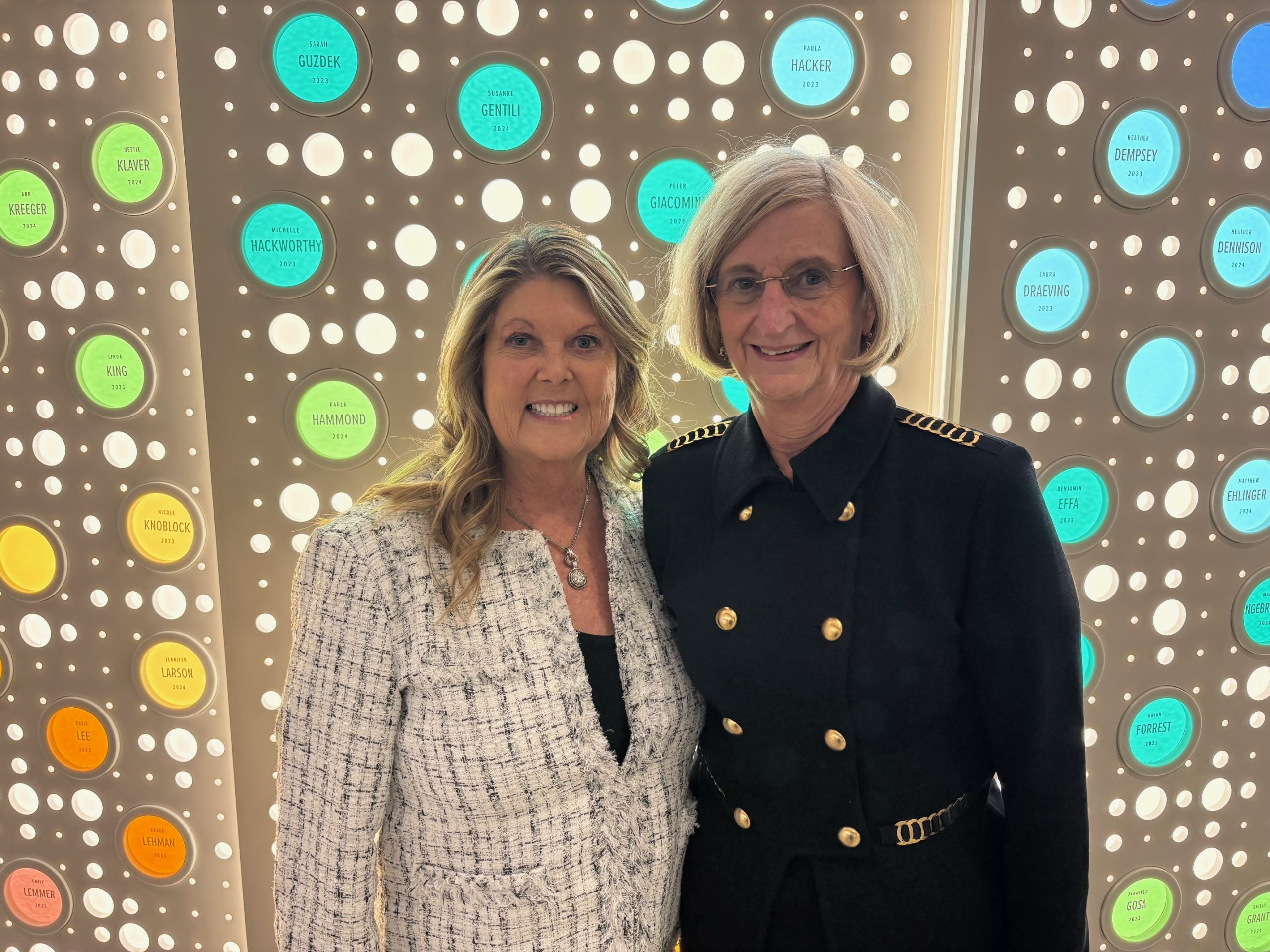
Mary Baliker with UNOS Board member Dr. Maryl Johnson
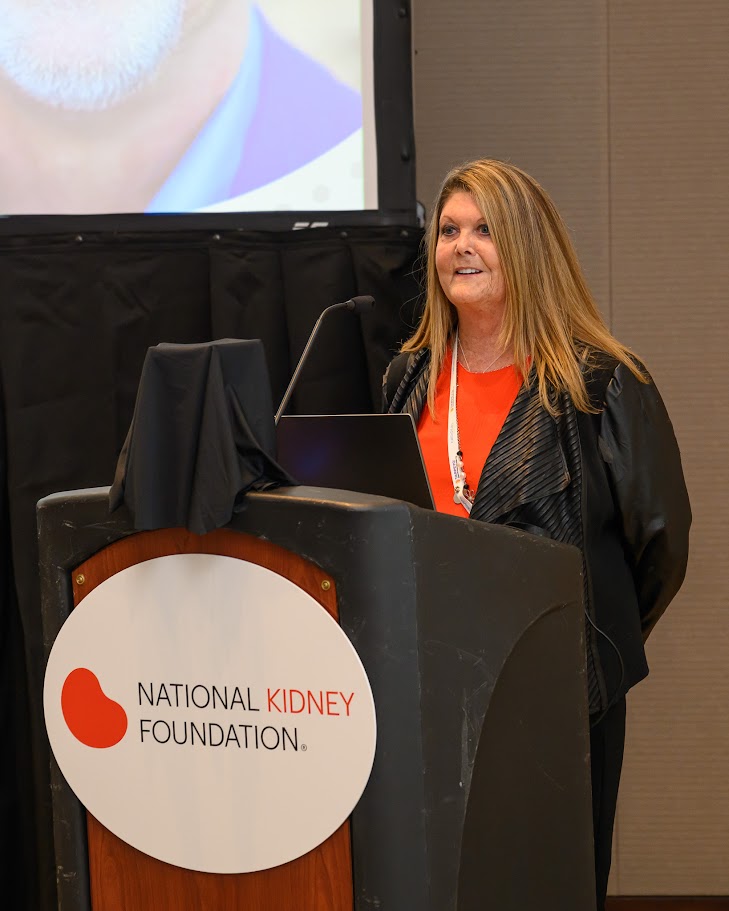
Professionally, Baliker has worked as an organ procurement coordinator for the University of Wisconsin School of Medicine and Public Health and Long Beach Memorial Hospital. She has also worked as a clinical research transplant coordinator, a clinical research transplant manager and outreach education director, educating the public and professionals on organ donation.
Baliker is the author of the 2017 children’s book, “Maria Never Gives Up: Are You Brave Like Me?” a story that offers hope and guidance to families navigating chronic illness. She has also published peer-reviewed articles about the patient experience and currently serves as an inspirational speaker, health educator, mentor and research partner.




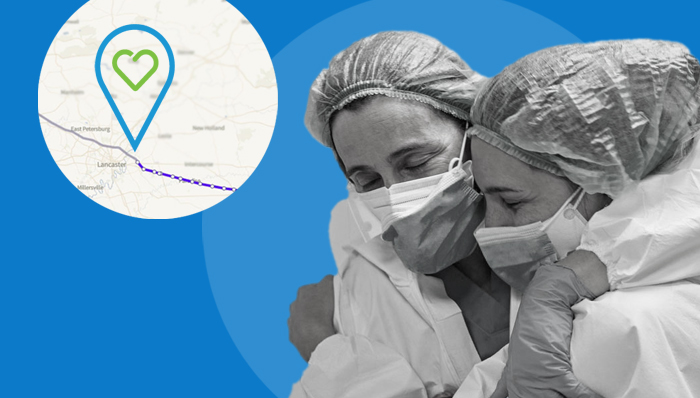


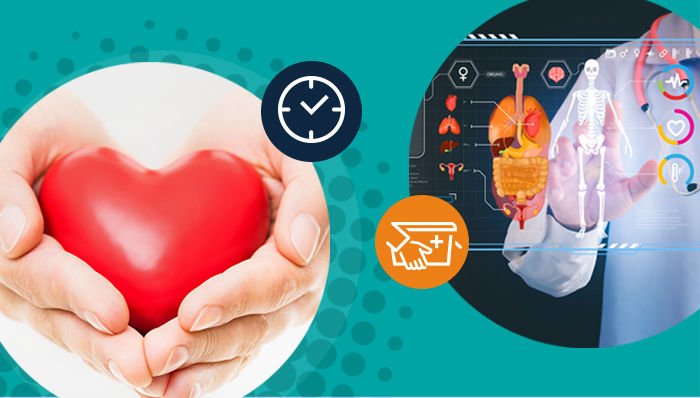

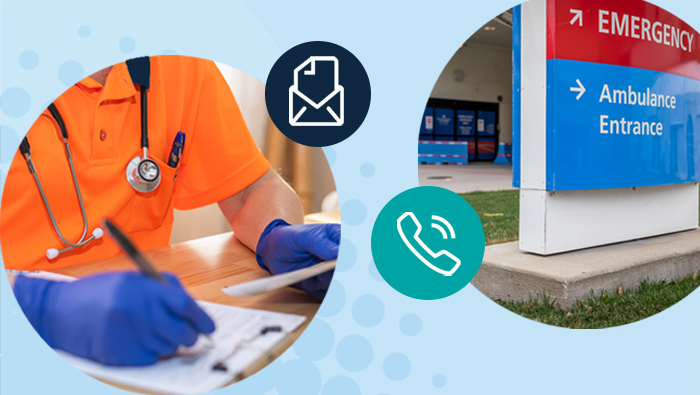



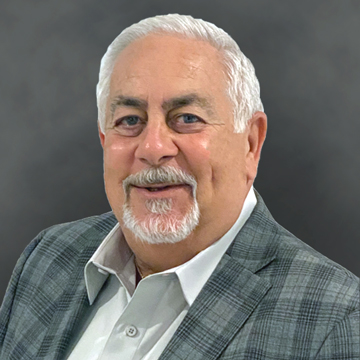 UNOS Chief Medical Officer and former liver transplant surgeon Dr. Andrew Klein says this new advancement is based on a treatment that was first used in the 1970s called xenoperfusion. He spoke recently about what this new FDA trial could mean for saving lives.
UNOS Chief Medical Officer and former liver transplant surgeon Dr. Andrew Klein says this new advancement is based on a treatment that was first used in the 1970s called xenoperfusion. He spoke recently about what this new FDA trial could mean for saving lives.